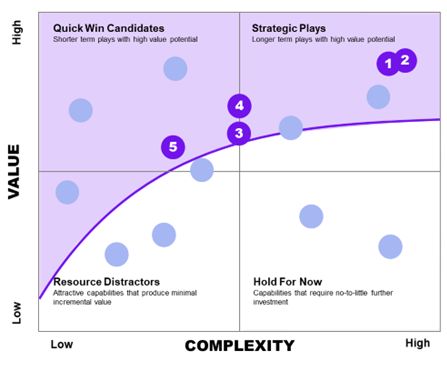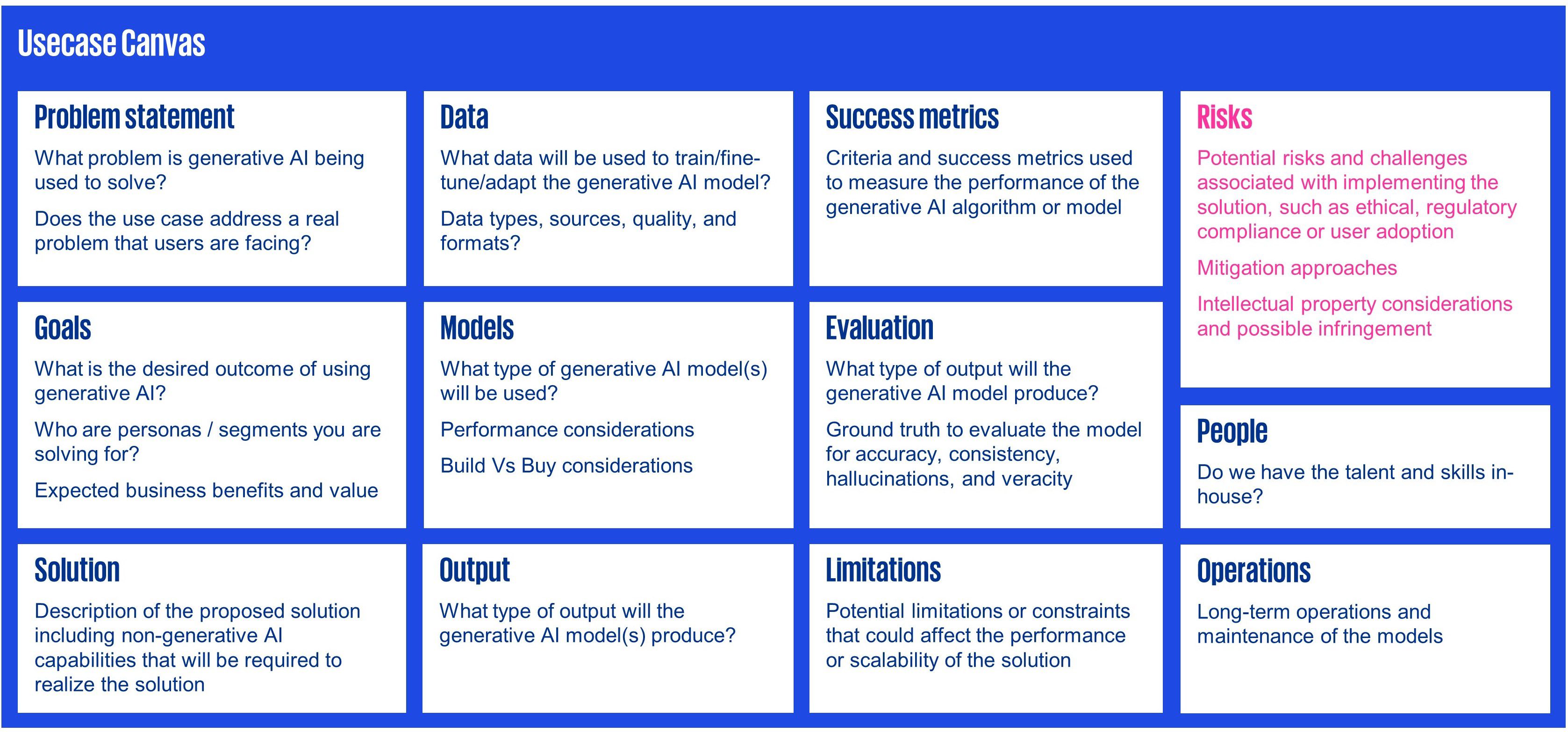Artificial Intelligence (AI) is not only a technology that influences our daily lives, but also a powerful tool within organizations. Many organizations start implementing AI without knowing exactly what it will yield. Often, a strong business case is lacking, resulting in suboptimal utilization of AI projects or leaving good ideas unused.
A Solid Foundation for Your AI Initiatives
A solid business case for AI projects is crucial. Without a well-thought-out approach, it becomes difficult to choose the right AI solutions, justify investments, and achieve the desired results. A strong business case helps in making informed decisions, increases stakeholder engagement, and ensures support.
Step 1: Vision and Strategy
It all starts with formulating clear goals and a clear vision. What exactly do you want to achieve with AI? Perhaps you want to make processes more efficient, save costs, or increase customer satisfaction. These goals must be clearly defined in advance for each AI project. It is important that these goals align with the broader business strategy, so that AI does not remain a standalone experiment, but truly adds value to the organization.
Step 2: Value Cases
The next step is to identify concrete use cases, or value cases. Where are the value drivers within the organization? Where can AI make a difference? This requires a thorough analysis of processes and bottlenecks. Examples include repetitive tasks that can be automated or the use of data for better decision-making. Identifying these use cases is crucial, as it determines where efforts should be focused and where the greatest impact is possible.
Defining value in advance is an essential step in delineating value cases. The value proposition forms an important starting point: what makes the AI solution valuable? This can range from time savings through automation to new revenue streams via personalized services.
Value can be interpreted in different ways, depending on the stakeholder. For some stakeholders, the emphasis is on cost savings; for others, it may be more about innovation or customer satisfaction. Therefore, it is important to align with the overall business strategy and objectives.
Use an AI Use Case Canvas to work out these value cases step by step, helping you explore and develop the many dimensions involved in AI projects.
Step 3: Scoping and Validation
Identifying use cases is often not the biggest challenge. More complex is the scoping, validating, and scaling of use cases and justifying the business case. Before starting with an individual use case, it is important to conduct an impact analysis. This involves assessing the feasibility of the proposed solutions. What data is needed? What technologies need to be deployed? And what changes are required within the organization? At the same time, an estimate of costs, risks, and expected benefits is made. This provides a realistic picture of what is needed to achieve success. The current situation (as-is) is compared with the desired situation (to-be) to determine how feasible a use case is and where priorities can be set.
An important next step is to test the proposed solution. While many organizations focus on a Proof of Concept (PoC), it may be more useful to focus on a Proof of Value (PoV) or Version 1. Both methods involve a small-scale experiment to test whether the assumptions are correct and where potential obstacles lie. A PoV provides valuable insights into the practical applicability of the solution and helps to convince stakeholders of its potential. The success of this phase often forms the basis for further investments to scale within the organization.
Step 4: Business Case
Next, the quantification of investments and the calculation of the return on investment (ROI) can begin. How much will the entire project cost, keeping the ultimate goals in mind? Consider hardware, software, manpower, and what it will yield. Try to express these benefits as much as possible in concrete figures, such as time savings, revenue growth, or cost reduction. Also include indirect benefits, such as increased employee satisfaction.

Stakeholders play a key role in this process. It is important to involve them from the beginning in the development of the business case. Transparent communication about goals, expectations, and benefits ensures support within the organization. Share successes from previous pilots or PoVs to excite them and gain their trust. Setting up a steering committee or a Center of Excellence with a step-by-step funnel process is an excellent solution. Within this steering committee, priorities are determined for the final development and rollout of the various AI projects. Prioritization can best be done using a matrix that maps value and complexity.
Step 5: Implementation and Measuring Success
If the project is ultimately approved due to the positive results from the PoV and the strong business case, it is important to implement it in a scalable environment that can grow with future needs, and avoid a proliferation of standalone tools and solutions. Strong integration between AI solutions is crucial for the long term. Ensure that clear KPIs are established to measure success. Think of model accuracy, realized cost savings, or improvements in efficiency.
Developing a good AI business case requires a structured approach and thorough planning. By following the steps outlined above, a strong foundation can be laid for AI projects, and the concrete value for the organization can be maximized.





